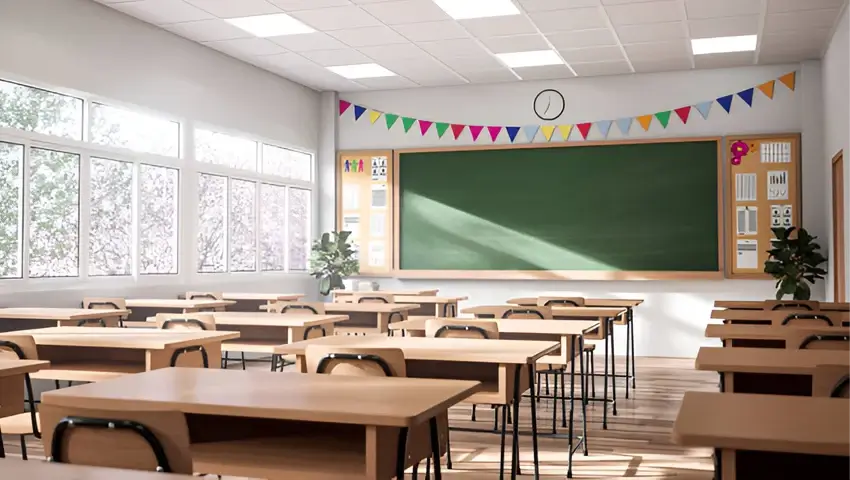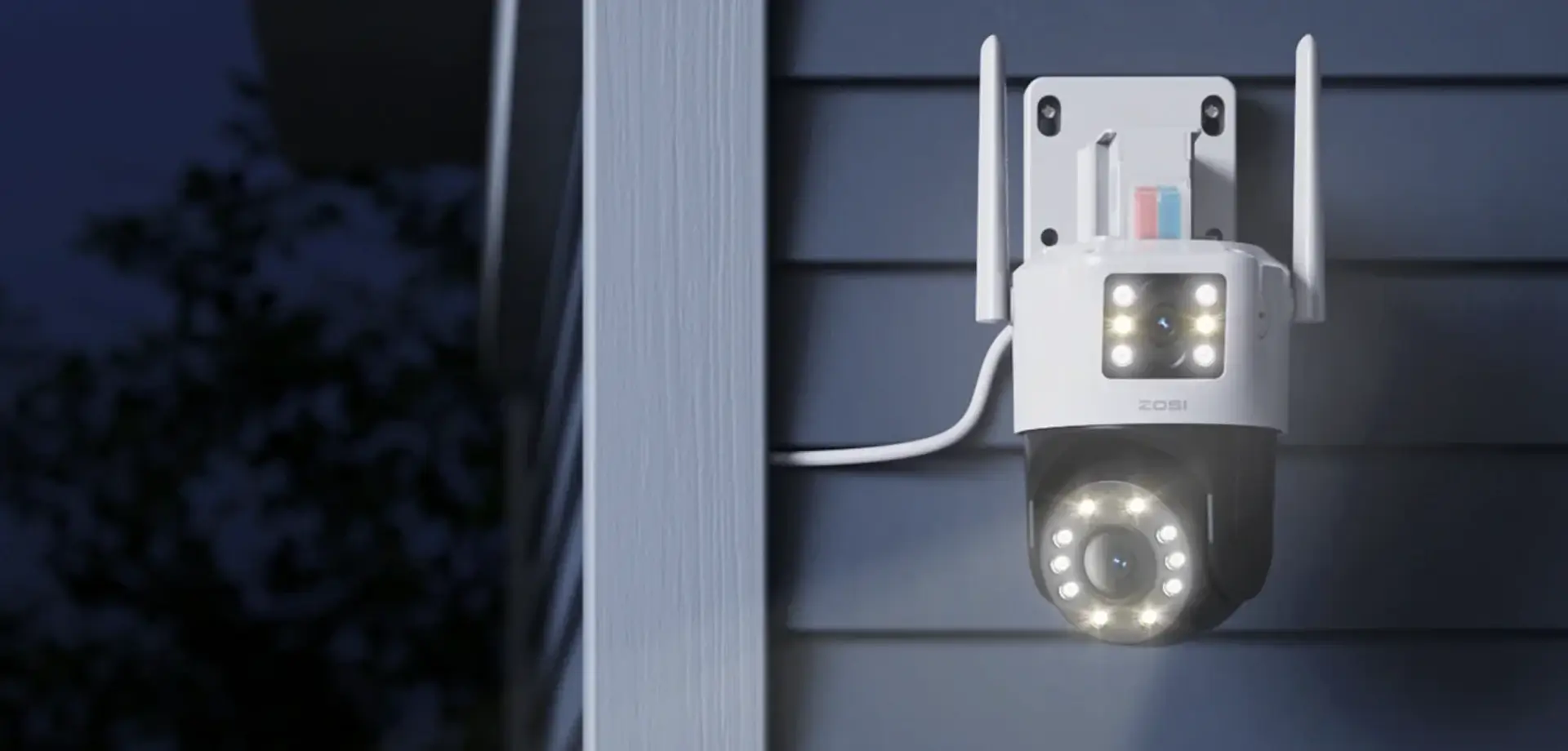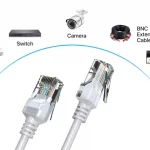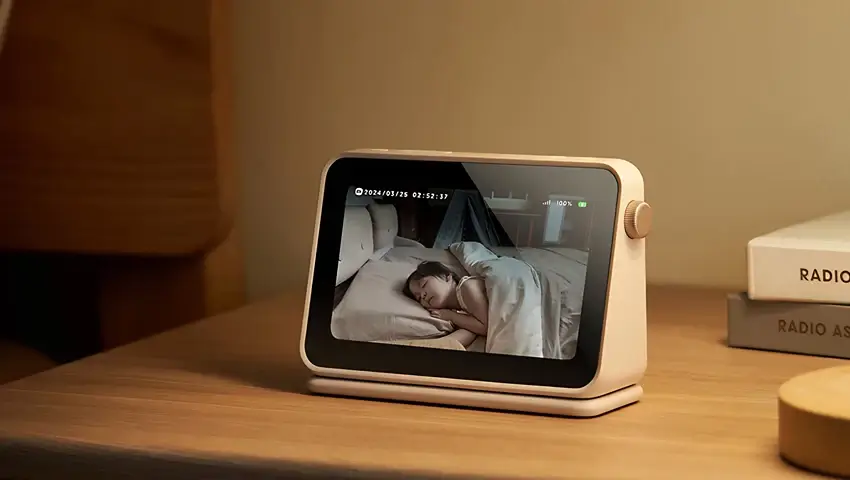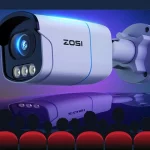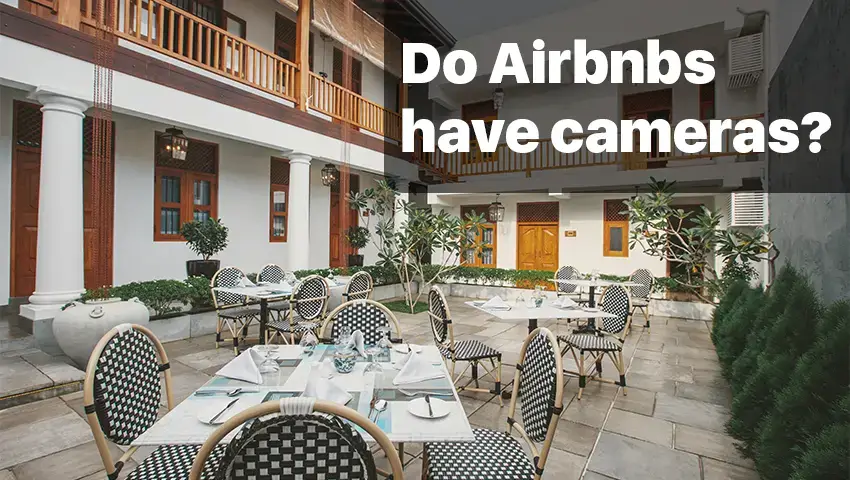Curious about the legality of camera installations in school classrooms? While not universally illegal in the United States, the presence of cameras in both public and private school classrooms is mediated by specific state laws and school district regulations. These regulations are designed to ensure the proper implementation of video surveillance equipment inside schools, safeguarding the privacy rights of both teachers and students.
Where privacy rights are respected and visibility of security cameras is ensured, their installation is typically legal with appropriate consent from administrators, teachers, parents, and students alike. Moreover, the usage, storage, and accessibility of any video footage captured within these learning spaces must be strictly managed through rigorous protocols.
Contents
Is It Illegal To Install Cameras In Classrooms?
If you’ve been pondering the legality of camera installations in classrooms, it’s crucial to understand that the covert placement of hidden security cameras or unauthorized, continuous video recording in active classrooms is deemed as illegal in certain states and regions. The rationale behind this law is to maintain the privacy expectations of students, teachers, and staff whilst engaged in the process of learning or teaching.
Both students and teachers, present in instructional spaces, possess sound rights to privacy, thereby prohibiting any form of unauthorized video surveillance without their explicit knowledge or consent.
Additionally, there are stringent laws designed to preserve the rights and expected privacy of minor students within school premises. The query, ‘Are cameras permitted in classrooms?’, has specified legal provisions determining how video surveillance or recordings of underage children can be lawfully accessed, stored, and utilized.
Navigating Classroom Camera Laws and Regulations
State laws and school board policies differ across regions when it comes to legally installing and using video surveillance cameras in school classrooms. The intent is to strike a balance between ensuring student safety and preserving individual privacy rights, with exact regulations varying based on state and local jurisdictions.
1. Texas: Understanding Classroom Surveillance Laws
Thinking about the legality of security cameras in Texas classrooms? Here, state and federal wiretapping laws discourage video or audio recording in places deemed to have a “reasonable expectation of privacy”, generally including active school classrooms. According to the Texas Education Code, school districts may formulate policies for camera installations in self-contained special education classrooms, given parent notifications and written consent have been obtained.
2. Florida: Emphasizing Security and Privacy
In Florida’s classrooms, surveillance equipment installation is legal and aims at improving student safety and security. But, Florida’s state statutes impose restrictions on using recorded audio surveillance inside classrooms without the consent of all involved parties.
3. California: Prioritizing Privacy Expectations
For California, general state law disallows surveillance cameras and electronic monitoring in private spaces like bathrooms, locker rooms, private school offices, or nurse examination rooms. Occupied, active classrooms may also necessitate similar privacy protection. However, classroom camera installation exceptions exist, provided there’s prior consent from the administration and the concerned teacher.
4. Michigan: Policy-Driven Classroom Surveillance
Michigan mandates local school boards to adopt written policies for implementing video surveillance equipment inside school buildings. The details, such as the locations the cameras will be installed in, as well as the capabilities of those cameras, would need to be outlined in these policies. However, the general rule leans towards the illegality of classroom cameras in Michigan.
5. Illinois: In Favor of Monitoring
With a focus on promoting safety and deterring or documenting severe student misconduct, Illinois law endorses electronic visual monitoring and authorized audio recordings inside school buildings and on vehicles.
The Advantages of Classroom Cameras in Schools
Classroom cameras deployed by school districts, in line with state laws and consent policies, come with multiple compelling benefits when utilisations are executed legally and ethically.
- Increasing School Safety: Cameras visibly installed in classrooms significantly enhance school safety and security by dissuading threatening behavior such as unauthorized entry or acts of violence within the learning spaces. The mere presence of surveillance tools can deter premeditated offenses.
- Facilitating Incident Prevention and Resolution: Footage garnered from classroom cameras serve as invaluable visual evidence, helping to determine and comprehend the root causes of disputes between individual students or groups. On the strength of this undeniable documentation, school officials can undertake the necessary mediation or disciplinary actions with the parties involved.
- Supporting Day-To-Day Monitoring: Legitimate school personnel can leverage live classroom camera feeds for non-intrusive monitoring of students’ general behavior and compliance with codes of conduct during teaching time. This enables staff to confirm everyday classroom procedures and response protocols are being adhered to.
- Enhancing Emergency Response: Classroom camera feeds prove to be of immense value during critical incidents like student health emergencies, fires, or external security threats necessitating lockdowns. These live video feeds offer school security officers, administrators, and first responders continual monitoring of the unfolding circumstances, enabling them to make informed decisions about necessary emergency countermeasures.
Legal and Ethical Guidelines for Using Cameras in Classrooms
For school districts intending to install video surveillance cameras in classroom environments, the following measures can guide legal compliance, privacy respect, and adherence to the highest ethical standards:
- Open Placement: Classroom cameras should not be concealed but openly mounted within clear sight of room occupants to prevent any potential privacy infringements. Additionally, signage near the cameras should indicate active video surveillance.
- Adhere to Privacy: Districts must devise customizable school board privacy protection strategies for classroom cameras to align with the respective state laws.
- Educate All Stakeholders: A thorough education protocol should be in place for all teachers, students, parents, and personnel within the district to understand the specific purposes of classroom cameras. This can be achieved through multiple written notices.
- Security of Camera Data: Rigorous control should be applied to which specific departments and personnel are granted access to live feeds and stored video data from the classrooms.
- Maintain Daily Oversight: Designate dedicated staff members to consistently monitor, audit, and enhance data access policies as a routine practice.
Top Security Camera Suggestions for Classroom Environments
When choosing overt security cameras for usage inside educational classrooms, officials should take into consideration models that feature exceptional video resolution to observe and record in-room activities in high detail. Some recommended cameras include:
1. Best Dual-lens Camera for Classroom Application: Zosi 1NC-298
Ideal for school settings, the Zosi 1NC-298 provides an unrivaled ceiling-mounted Wifi security camera solution. It offers crystal clear 4MP + 4MP QHD 2560×1440 video resolution captured through a wide-angle lens, ensuring an expansive record of all occupants and activities with sharp detail. Thanks to its integrated telephoto lens, this camera can zoom to provide both comprehensive views of the room and detailed focuses on specific subjects.
8MP PTZ Wifi Outdoor Camera With Dual Lens - 1NC-298
- 4MP+4MP Dual Lens
- Dual Lens Achieves Ultra-wide Field Of View
- AI Person Detection and Auto Tracking
- Starlight Color Night Vision
- Smart Motion Alerts Push
- Two-way Audio & Customize Voice Alerts
- SD Card Storage & Cloud Storage
2. Best Indoor Camera System for Classrooms: Zosi 8SN-225
The Zosi 8SN-225 camera system serves as an easy-to-initiate indoor PoE camera solution, tailor-made for regular classrooms requiring adaptable coverage. It records high-definition 4K 3840×2160 video resolution at a swift 20fps frame rate, ensuring reliable monitoring of classroom lectures, activities, and behaviors.
C225 - 4K POE Surveillance Cameras Security Monitor Systems
- 4K Ultra HD
- Smart Person/Vehicle Detection
- Customize Detection Zone
- Starlight Night Vision
- 24/7 Video & Audio Recording
- Access Remotely & Flexibly
- Two Way Audio
FAQs
1. Is it permissible to have cameras in classrooms?
The legality of placing cameras inside active school classrooms is dictated by governing laws, consent requirements, and privacy rights protections and differs from state to state and district to district. Final decisions are typically made by local educational authorities.
2. Can a parent attach a camera to their child in school?
No, parents are not allowed to use their children to record classroom activities in public schools using cameras, microphones, or other recording devices without explicit permission from both the school district and the concerned teacher.
3. Are teachers permitted to video record students?
It is usually against school policies for classroom teachers to video or photograph students during instructional time without prior official approval from school administrators, bolstered by parental consent documentation.
Conclusion
The implementation of video surveillance systems within actively occupied classrooms fosters a robust debate. On the one hand, it enhances safety measures and augments incident response capabilities in schools. On the other hand, it poses potential risks to students’ and teachers’ privacy rights due to continuous video monitoring. Thus, careful deliberation and legislation are integral to balancing these considerations.
